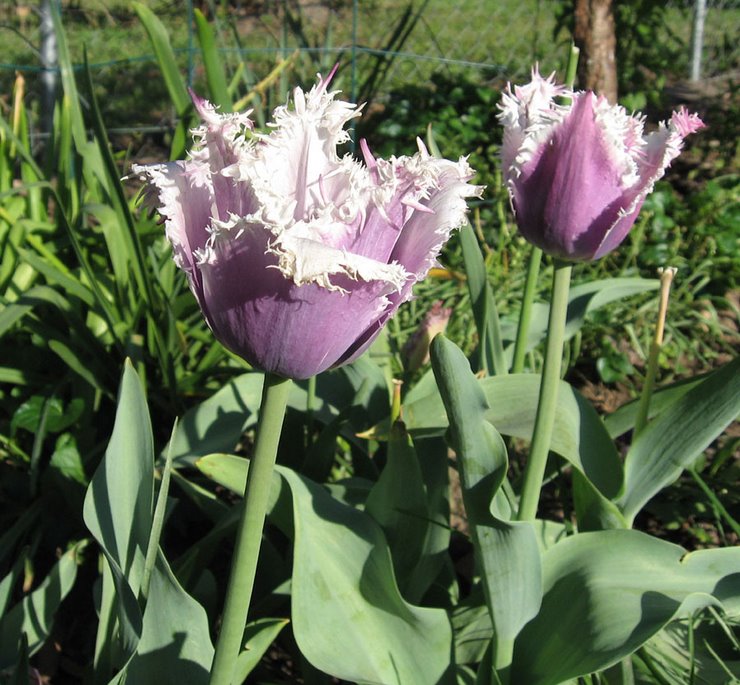One colorful and delightful bird commonly seen at birdfeeders is the goldfinch. They are sociable little birds and spend much of the year in lively flocks, and are known for their acrobatics. They prefer black oil sunflower seeds, thistle, or niger.
Goldfinches will use about any kind of feeder: hopper, platform or hanging feeders, and are happy to eat the seed spilled below feeders. Some people have reported great success attracting them by offering thistle in sock-type mesh feeders. If you have trouble with other birds chasing goldfinches away to eat the seed, you can try an upside-down feeder, where the goldfinches will happily cling to get the seed.
Goldfinches will travel up to 5 miles in a day between feeders. They avoid feeders where the seeds are not fresh and clean. It is also important to keep the feeders clean, as soiled feeders can transmit diseases between birds. Birds can get sick from eating moldy seeds as well as from accumulated droppings. It is recommended to clean feeders thoroughly in soapy water, then soak or rinse it in a solution of one part bleach to nine parts water. Be sure it is thoroughly dry before refilling the feeder. It is best to sweep or rake beneath the feeders regularly as well, to protect birds and to avoid attracting rodents.
Some sources say that thistle seed needs to changed out after two weeks, as it will begin to clump and lose freshness. It can be stored for a short time in a dry place.
You can attract goldfinches to your yard by what you grow in your garden
in addition to the seed provided in feeders. Goldfinches eat the seeds
of zinnas, asters, cosmos, purple coneflowers, black-eyed Susans,
salvia, bee balm, gallardia (blanket flower), grasses, and, of course,
any black oil sunflowers you may grow. They also eat the seeds of
weeds such as dandelion, milkweed, thistle, and ragweed.
Some people think the goldfinches are only summer friends, and migrate for the winter. Actually, when the males molt, they lose their bright-colored feathers, and are a drab olive-gray. As late spring and mating season approaches, they resume their bright yellow coloring again.

No comments:
Post a Comment